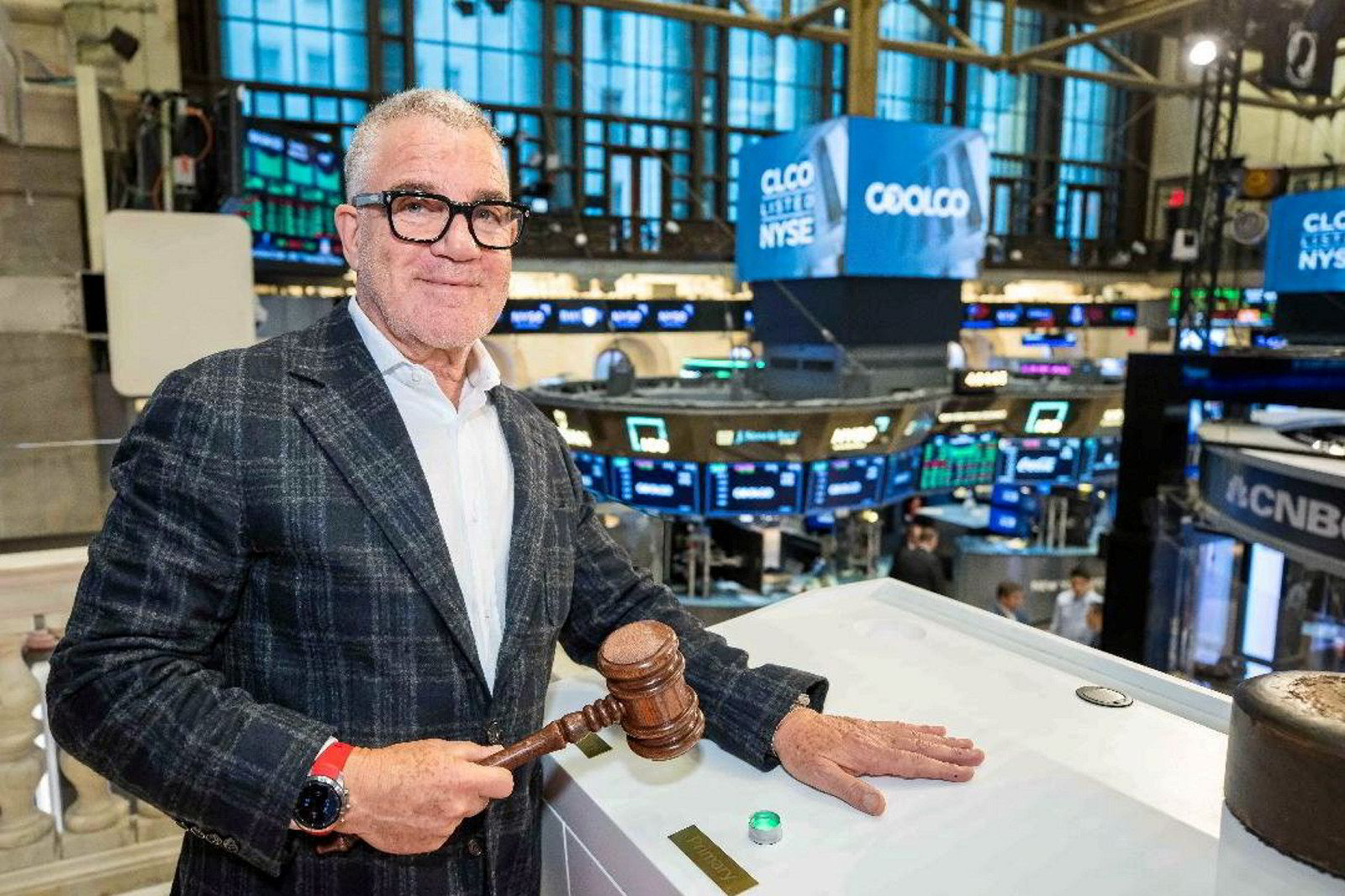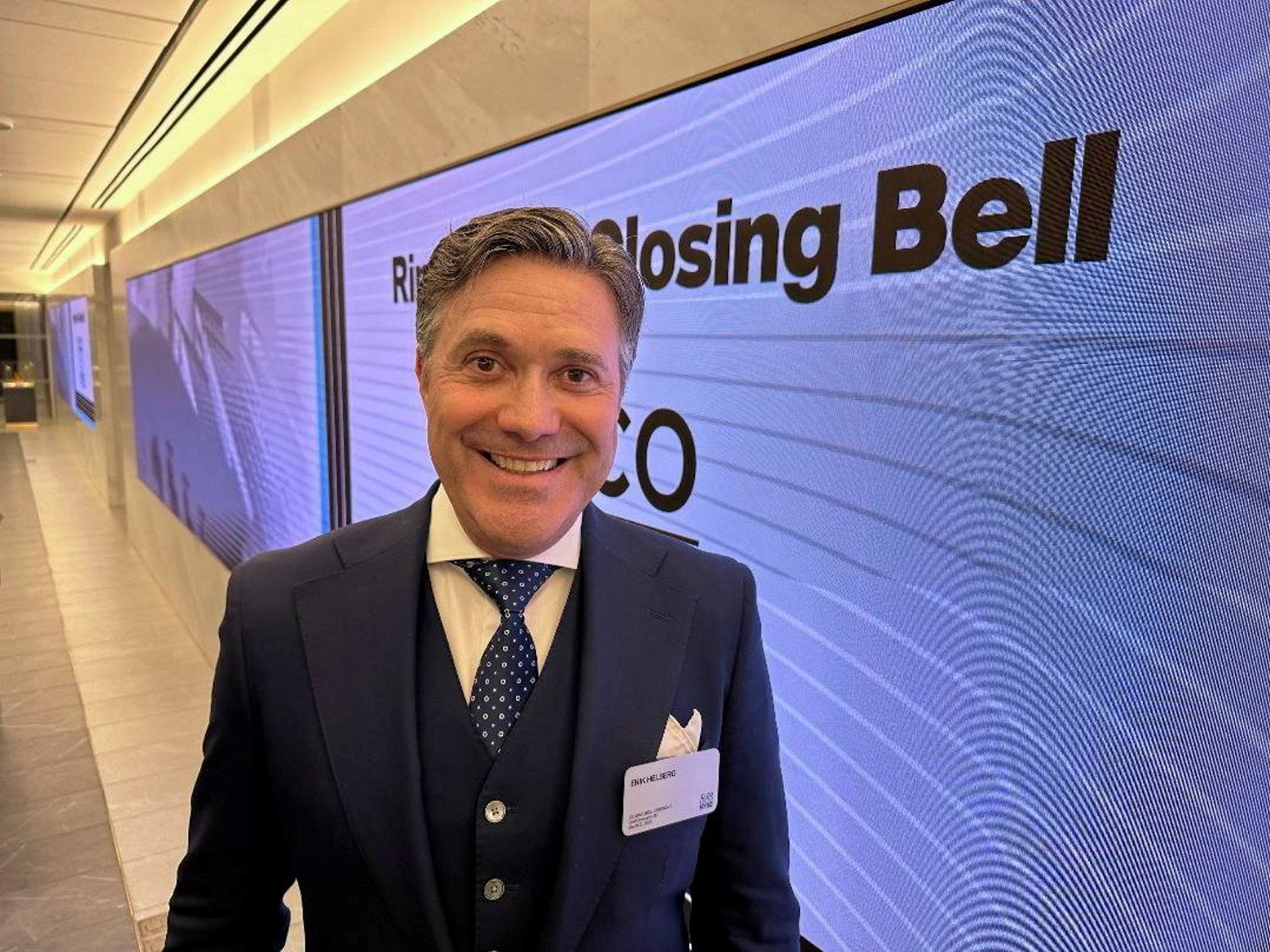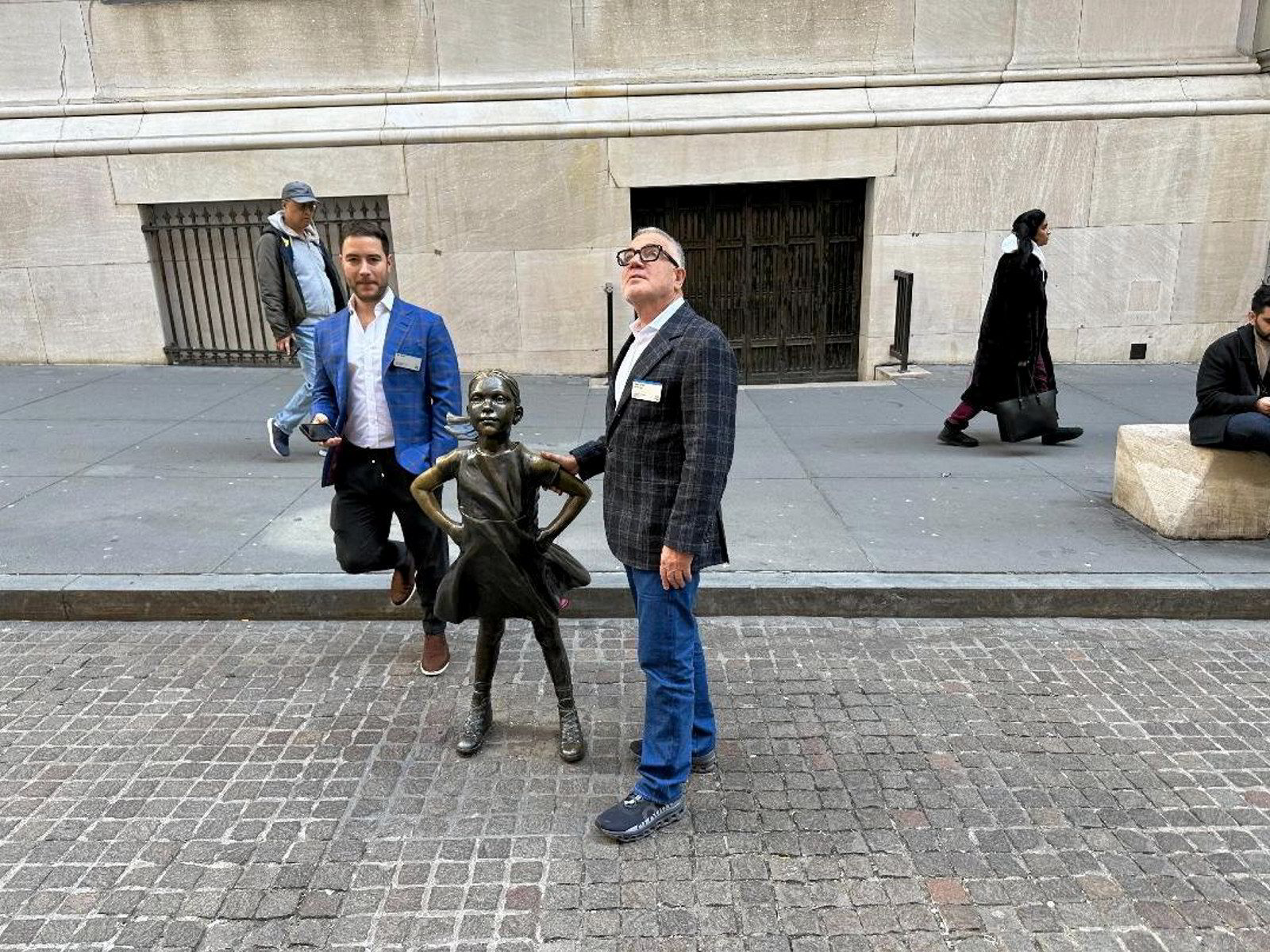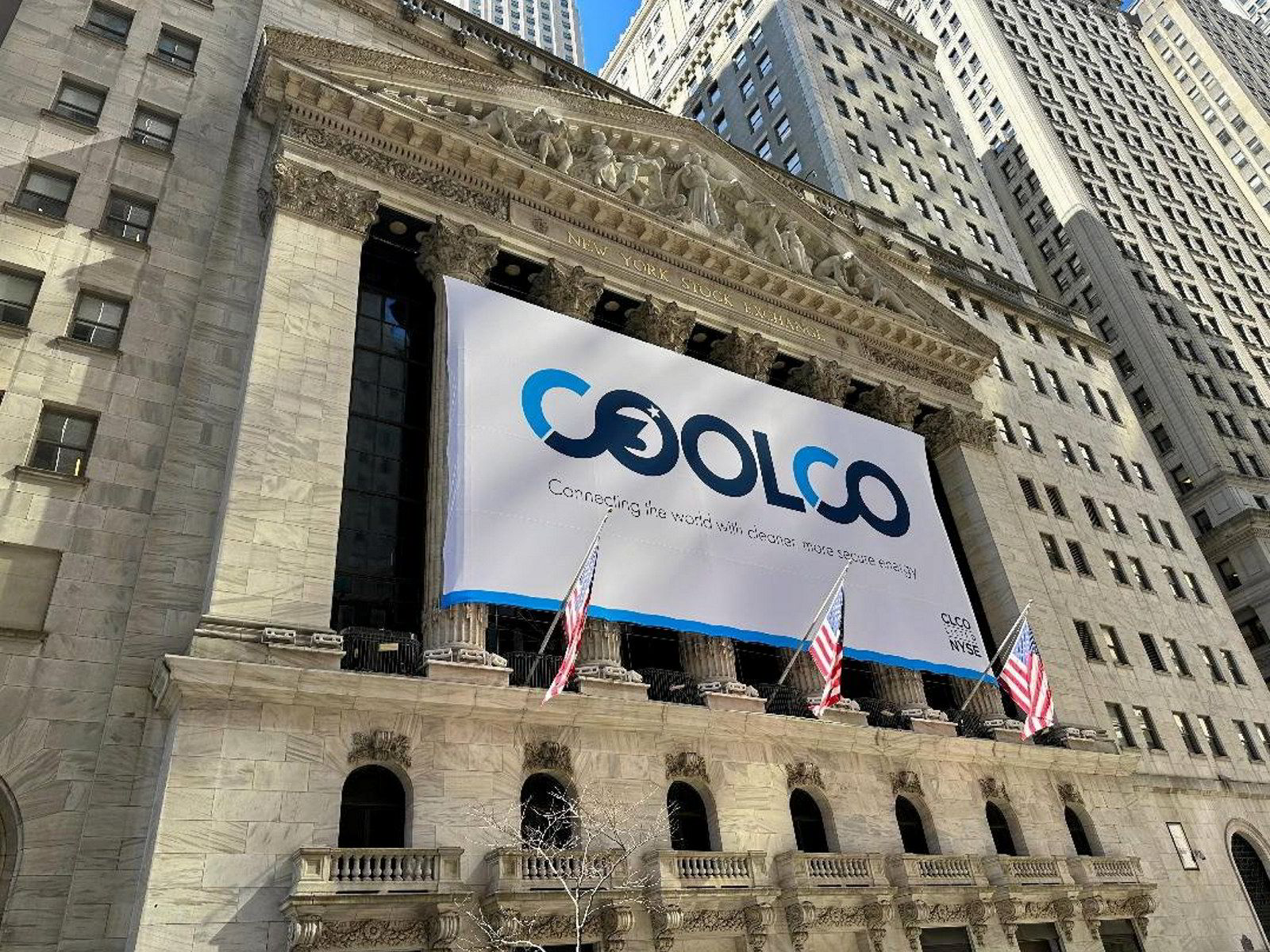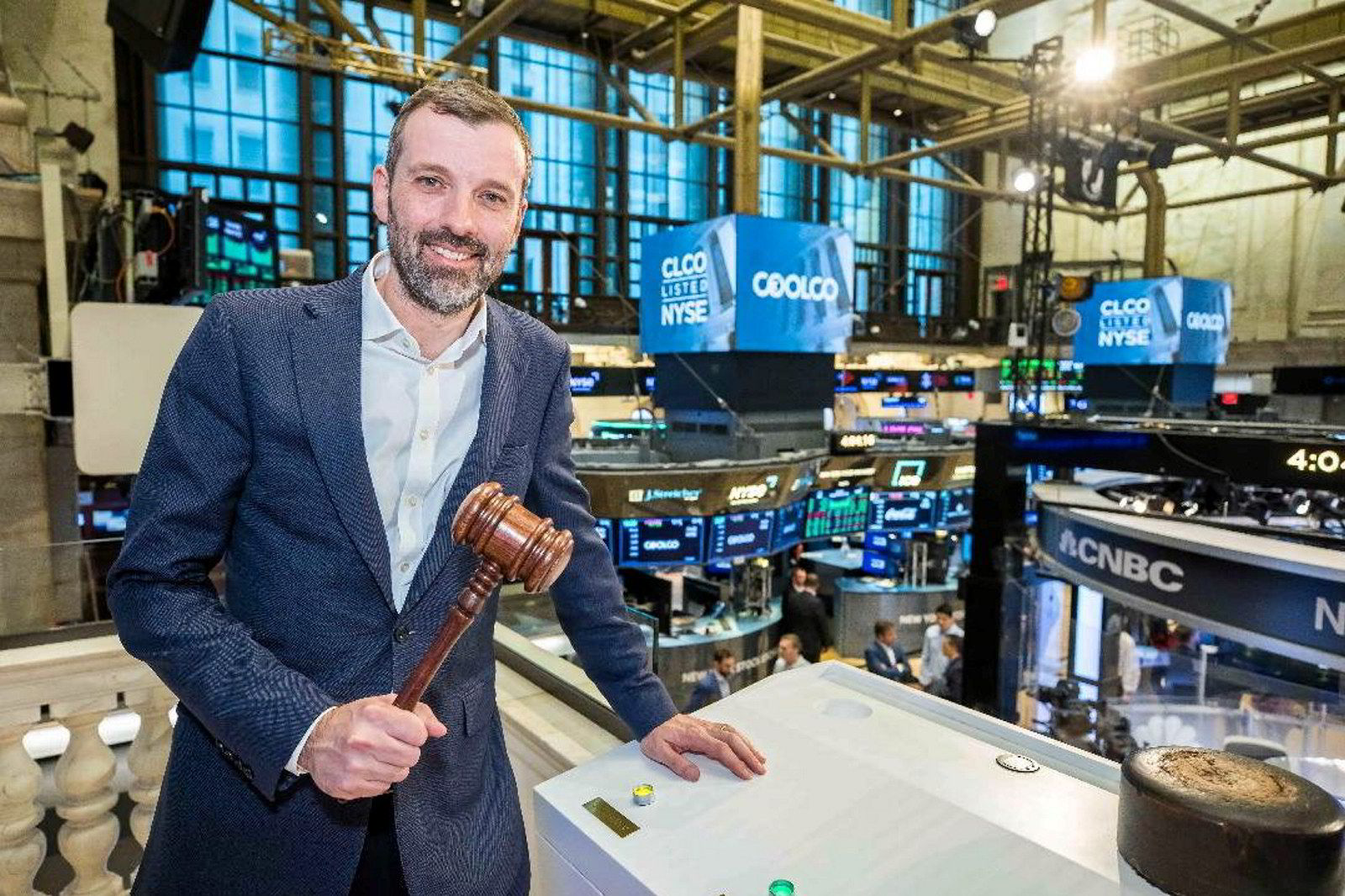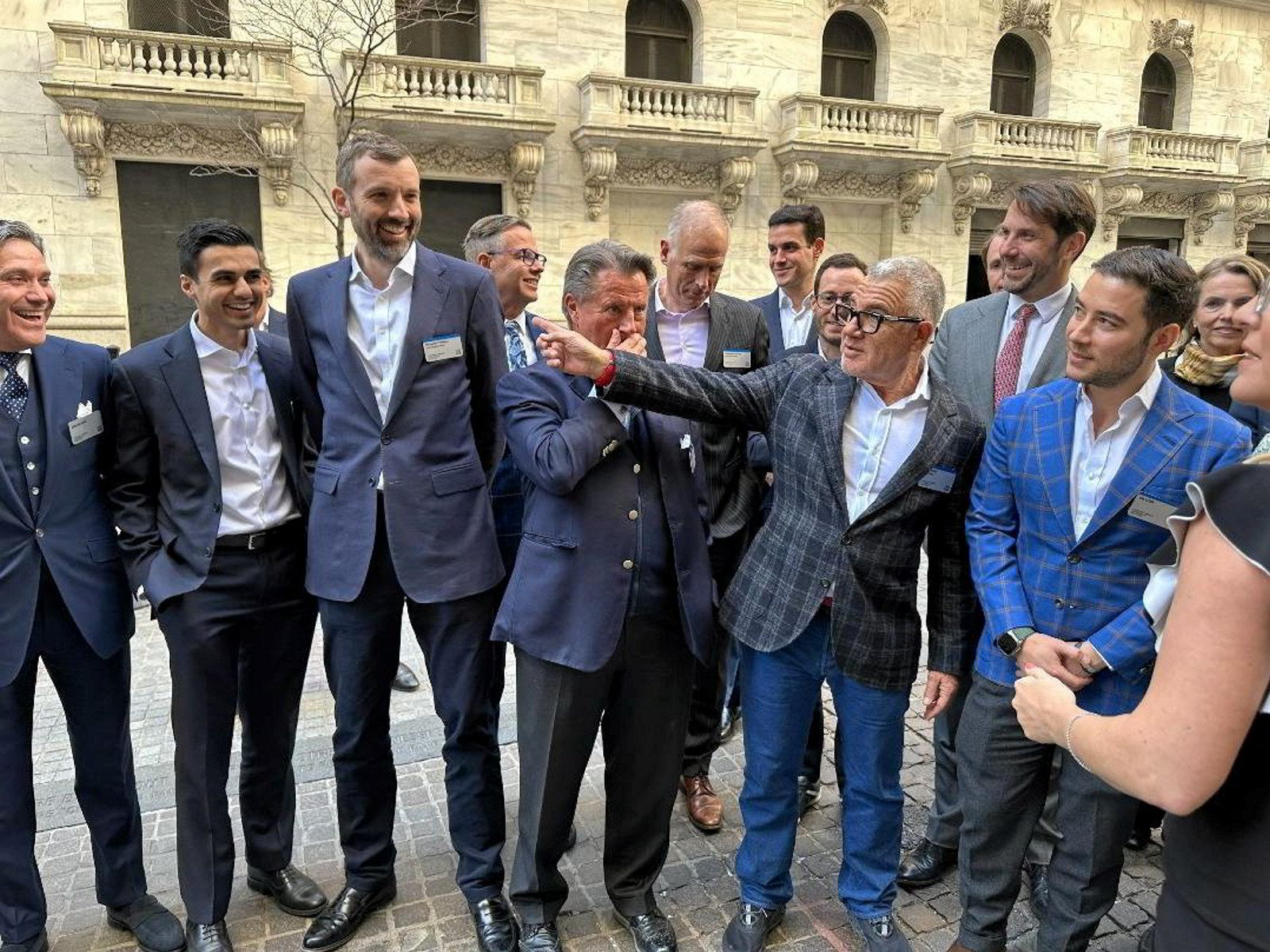The iconic “charging bull” sculpture outside the New York Stock Exchange in lower Manhattan had some company on Tuesday when a shipping bull came to the neighbourhood.
It was none other than Israeli billionaire Idan Ofer, who was there to support the listing of his Cool Company (CoolCo) on the New York Stock Exchange, wielding a mean gavel as he rang the session’s closing bell.
Past and future
In remarks aimed at CoolCo and the LNG trade, and indeed in a subsequent background discussion with Streetwise on shipping more generally, Ofer was nothing but upbeat on what is to come. We will get to some of those comments.
But looking backwards can be useful too. It helps form a sense of how Ofer, CoolCo chief executive Richard Tyrrell and the rest of the company’s entourage came to this place at the junction of Wall and Broad streets.
History tells us that the Oslo and New York stock exchanges have played different and distinct roles when it comes to supporting shipping listings — and the CoolCo story is perhaps a textbook example.
It is the latest public shipowner to be born and raised in Oslo — where the climate is shipping-savvy, quick to market and relatively risk-tolerant on rates cyclicality — and then migrate to New York with its greater breadth and depth of investors to explore adulthood.
Clarksons Securities chief executive Erik Helberg, who was on hand to support his clients, said: “The initial spinoff and growth phase was done in Oslo in a very efficient way, and now, as they continue on their growth trajectory and consolidate further, New York is a very nice place to do that.
“Now that they’re paying dividends, they’re attracting more dividend-focused investors as well, which also makes the transition to New York a natural step.”
Ofer told Streetwise that he sees differences already and, if Oslo has more shipping-savvy investors, it may be a different story when it comes to LNG.
“It’s a wider investor audience — we’ve already seen that. We’ve seen the higher volumes,” he said, with CoolCo trading about 100,000 shares on average in the first days.
“I think the investor base in the US is much more attuned to LNG. They hear about LNG all the time, they see it in the news, companies getting approvals to export LNG. So it’s very much a natural place to be in the US market for a company like ours.”
It should be noted that Ofer is not new to the US market, most notably being the principal backer of Israeli container liner Zim — the last mainstream shipowner to successfully complete a regular-way initial public offering in New York in January 2021.
But there is another piece of history to digest, and that is about a void that CoolCo is able to fill.
Until 2021, US investors had a variety of New York-listed LNG operators from which to choose, with names such as GasLog, Golar, Hoegh and Teekay all running public fleets.
But in that year, they began to disappear one by one as they were bought out by private-equity firms.
According to Jefferies analyst Omar Nokta, such owners mostly were born as master limited partnerships (MLPs), a structure that allowed management to promise ostensibly dependable shareholder dividends, or distributions, on the back of long-term contracts prevalent in LNG.
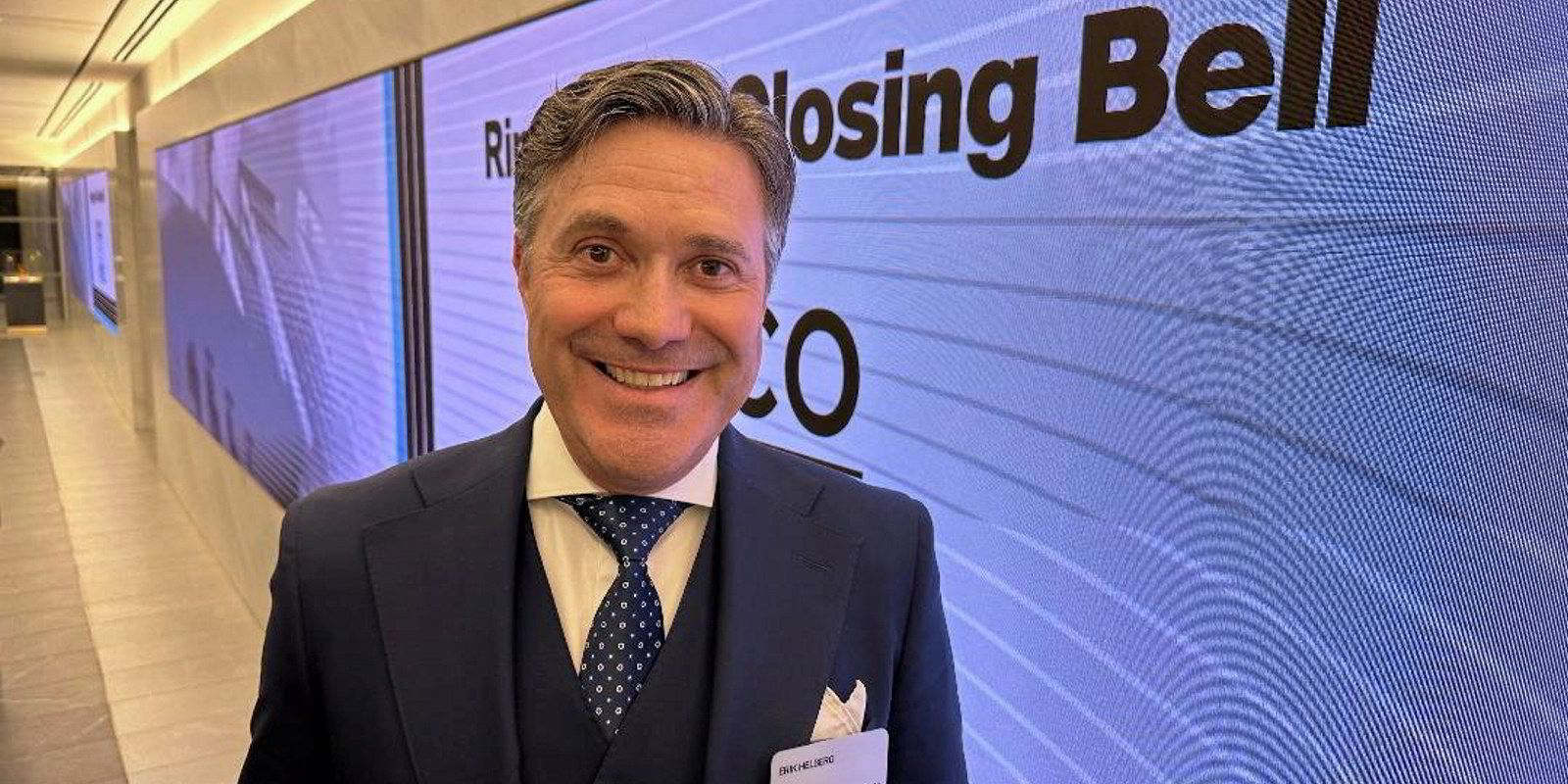
But when oil and LNG prices suffered a market correction in 2014/2015, the longer contracts dried up and investors fell out of love with the MLP structure, sending stock prices well below net asset value (NAV).
Private equity took notice when rates began to strengthen from their nadir in the last quarter of Covid-19-plagued 2020.
“At the end of the day, private equity took advantage of a sector that was orphaned,” Nokta said. “There were questions about whether long-term contracts would come back, but PE [private equity] was happy to take advantage of the existing contracts and see if they could use them as a springboard to something else.”
When LNG prices and rates mushroomed in 2022, investors had few US-listed options to play the trend outside of Flex LNG — another tanker owner that moved to New York in 2019 from its original Oslo listing.
Cool or Flex?
Into the gap — and now offering an alternative — steps CoolCo. While its tankers are less technically advanced that the Flex LNG fleet, Nokta said CoolCo’s focus on short-term charters and spot business affords investors a potential market upside that does not exist with fully booked Flex.
“I think there’s probably room for more LNG companies, but with these two you’ve checked some boxes,” Nokta said. “Both are paying dividends. One is a long-term play, the other is in the short-term market.”
While some bloom has come off the rose as LNG prices and rates plummeted from 2022 highs, most believe the market still has bright prospects for the next several years — and that includes Ofer.
“Given the level of enquiries that we are seeing, even though gas prices have come down a lot, I think there’s a disconnect between those prices and the need for shipping capacity, with new facilities coming on in the next two years,” Ofer said.
“So I see strength in the market for quite a long time.”
More ship-finance news
In the simplest form, five equity analysts assembled on a panel at Capital Link’s annual international shipping forum on Monday favoured tankers as their top stock bet for 2023. But for three of the researchers, the focus was on tankers carrying LPG rather than the more mainstream choices in crude and clean products. Click here to read.
An unfolding global banking scare should not pose a further threat to ship mortgage financing but has cast a cloud over activity in capital markets, financiers said at a New York money conference on Monday. Click here to read.
Credit Suisse, a big, beleaguered bank with a considerable shipping portfolio, is to be taken over by the UBS Group — a Swiss peer with negligible exposure to the maritime industry. Click here to read.
